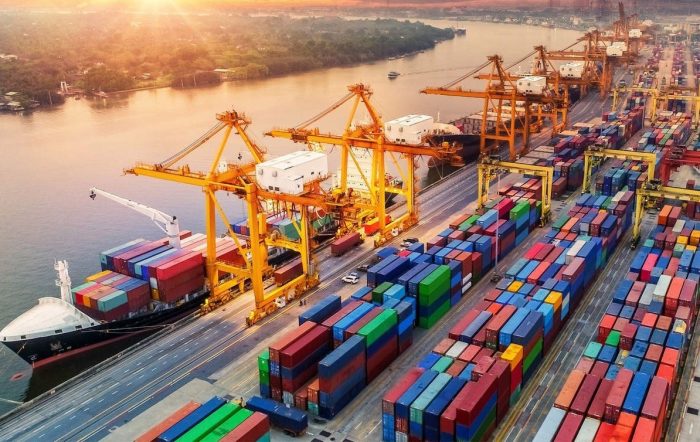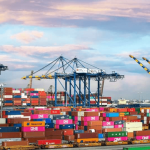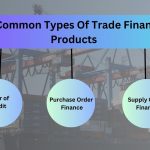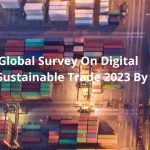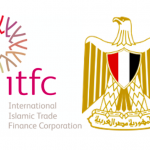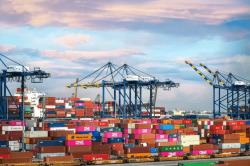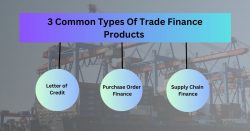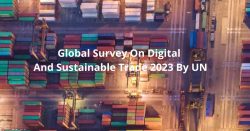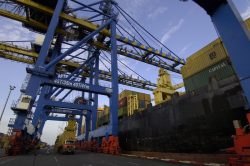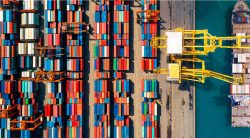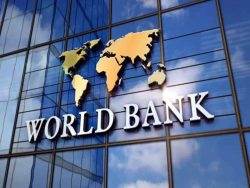All You Need To Know About Trade Finance Gap: Find Effects on SMEs
The pandemic has hurt trade and highlighted a requirement to make productive changes in trade finance service to bridge the gap in the number of those who need it and those receiving it.
Recently, the USD 1.5 trade finance gap was reported by the Asian Development Bank in 2019 during the Covid pandemic. Besides this, the Manila-based multilateral institution’s latest Trade Finance Gaps, Growth, and Jobs Survey, included 79 banks from 43 countries and 469 firms from 72 nations. Its findings reveal the extent to which this trade finance gap is disrupting the full utilization of trade to facilitate growth, employment, and poverty reduction during the sudden outbreak of the global pandemic.
All this data efficiently demonstrates the lack of accessibility of global trade finance instruments and the disproportionate impact of a lack of funds on emerging markets businesses, especially SMEs (small- and medium-sized enterprises). However, what trade finance gap exactly, why does it matter, and how can it be decreased or controlled?
What is the Trade Finance Gap?
The trade finance gap is the difference between the trade finance requests made by businesses around the world to empower sales of their goods & services and the actual amount of financial assistance that banks are willing to grant or able to provide. In other words, it is the difference between the supply & demand of trade finance services.
